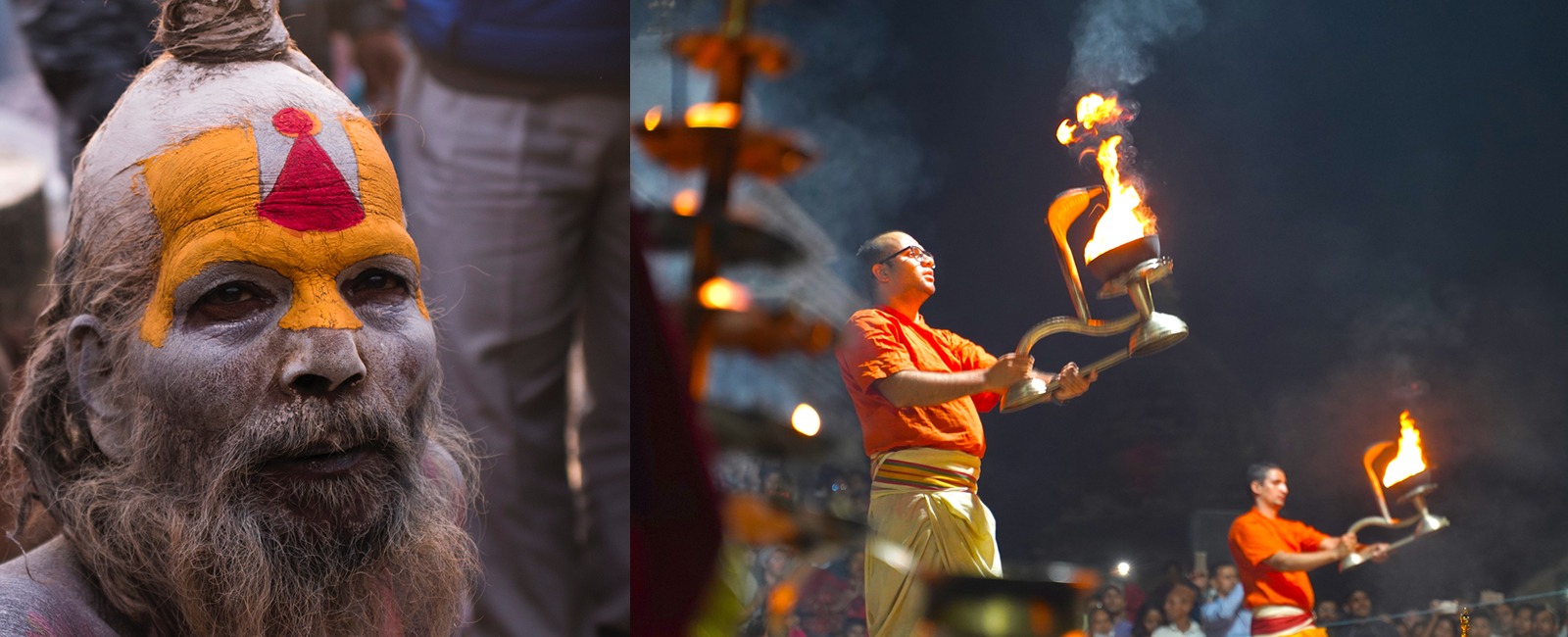
Festivals and Nepal are synonymous. It is said that there is one more festival in a year than the number of days. Whenever you visit Nepal, it is certain to be encountered at least one of the country's hysterical festivals.
It is worldwide popular for its vivacious celebrations that are divided into religious, cultural, and social ones.
In such ceremonies, people perform various rites, rituals that cooperate to continue their culture, and traditional authenticity.
People do not only pray to the gods and goddesses but also express their happiness, sadness, pastoral, prosperity, good health, and longevity while celebrating them.
Festivals like Dashain, Tihar, Teej, Id, Christmas Shivaratri, Holi, Buddha Jayanti are religious festivals whereas Maghi, Tiji Festival, Lhosar, Chhat are social festivals. Jatras and recitals carry traditional values.
These festivals are helpful in the solidification of familial and societal ties via congregation, merry-making, and socializing.
Among all Kathmandu valley is the hub of celebrations. People believe that there is a celebration every next day. Each day each shrine seems crowd of people honoring their deities.
Months long Jatras are performed by the Newari people with their musical bands, traditional dresses, and masked dancers. On some occasions, idols of Gods and Goddesses are kept in an enormous wooden chariot (Rath) and paraded from a place to another. This article clarifies concerning the festivals of Nepal.
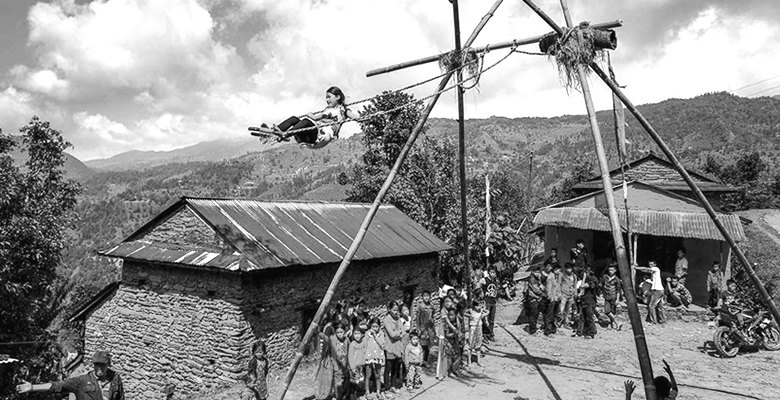
Dashain the greatest and longest and most anticipated festival of Nepal lasts for fifteen days. Celebrated in September/October, it carries huge religious and cultural significance.
Mostly Hindu people are involved in this festival when a large number of animals are sacrificed in the name of the goddess Durga- goddess of valor and powers.
Dashain celebrated the victory of gods and goddesses over the evil demons. The history of the Dashain festival goes back to Ramayan, where Ram was able to defeat Ravan-the fiendish king of demons.
Next, Goddess Durga got victory over the terrible demon Mahisasur. Anyway, this festival brings rejoice, gatherings, blessings, and charming in each face. People get back home from their workplaces for a reunion. Colorful kites are flown in the skies. People enjoy making swings in the locality.
In Dashain, every house is decorated beautifully, cleaned, and painted well believing that demigoddess Durga may visit their house and bless them with good fortune, power, and bravery. Relatives from far and near visit each other.
All the gift shops, supermarkets are filled with buyers who search for new gifts, clothes, and indulgences.
Temples are filled with the devotees and Shakti Peeth (sacrificing places) are full of the animals for slaughter. Chiliads of buffalos, goats, ducks, sheep, chicken are prepared for butchery for gods/goddesses and foodstuffs for the family feasting as well.
All the people seem busy celebrating this auspicious occasion regardless of their status. Most of them ramble with a charming face saying "Happy Vijaya Dashami"
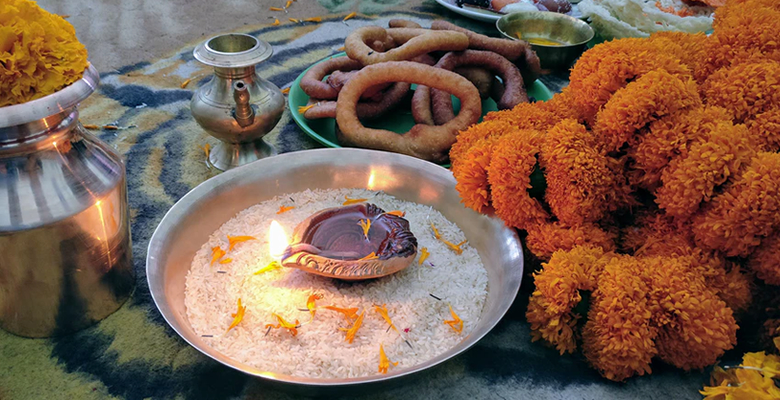
The second longest and greatest festival of Nepal and celebrated in October/ November according to the Nepali lunar calendar. This festival starts 15 days later in the Dashain festival.
Celebrated in the five days, people perform different activities differently. The first day is celebrated worshipping crows offering them something to eat.
The second day commences a glorifying dog for its good omen. On the third day, people worship the goddess Laxmi, the goddess of wealth. She is welcomed in the evening bursting crackers, lightening tiny earthen lamps in front of the doors.
On this day, people also deify cows which are symbolized as the goddess of wealth in Nepal and are the national animal of our country as well. This day is widely celebrated in India as well.
The fourth day is called the Govardhan Pooja. Creating Govardhan mountain, people worship uniquely. On this day Newari people celebrate as Mha puja – a ritual of worshipping one’s own body and life. The core celebration occurs on the 5th day.
On this day sisters visit brothers' houses and offer tika on their foreheads and garlands around their necks. Praying for the prosperous life of the brothers, they offer grand eateries as well. In return, brothers provide money, jewels, or clothes.
Not only them, but people also perform different types of cultural performances. Gathering in a place, individuals play Deusi and Bhailo with culturally colorful dresses.
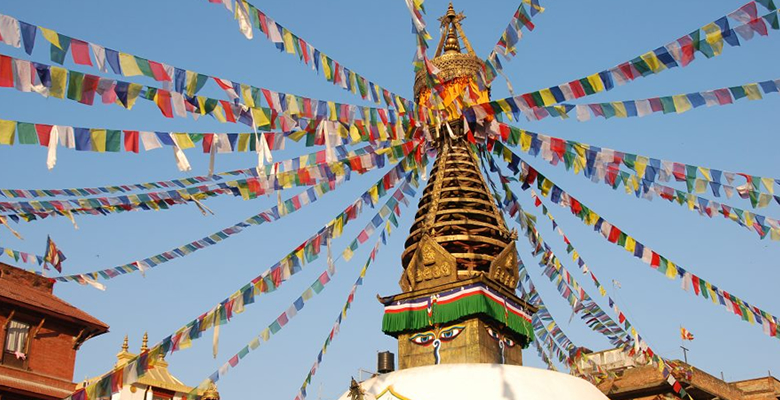
In the remembrance and glorification of lord Gautam Buddha-the light of Asia, Buddha Jayanti is celebrated throughout Nepal. Buddhists from far and near gather in the stupas, gompas, monasteries, and exhibit colorful and interesting parades.
Lord Buddha was born in Lumbini Nepal therefor most of the monks and nuns from the different parts of the world gather there and participate in different programs. In Kathmandu valley, crowds of people visit Swayambhunath, Bouddhanath, and other Buddhist shrines on this specious occasion.
This festival is celebrated on the full moon night that lies in May or June. It is the birthday of Lord Buddha which dates back to about 623 BC. Peace lovers feel sacred while visiting Lumbini on this very day.
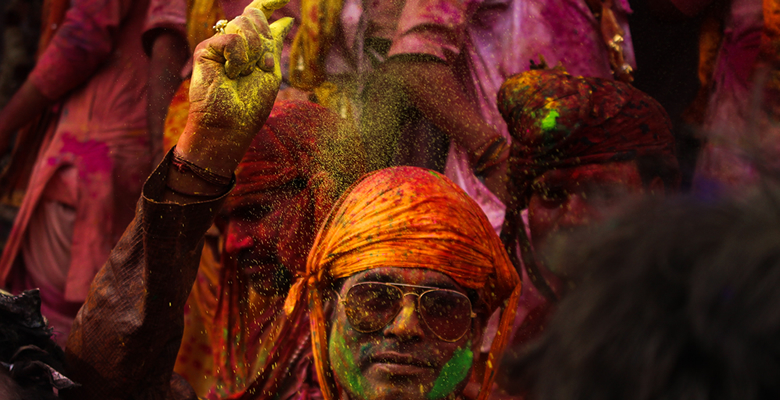
Holi is the festival of colors. Gaining popularity each year, thousands of people gather in Basantapur Kathmandu and other places splashing colored water, colors each other, express their happiness. Every individual from young to old seems to enjoy it throwing the water or a handful of colored powers among themselves.
An auspicious occasion -Holi is celebrated in the memory of the death of wicked demoness Holika. Getting blessed she was supposed to be invulnerable to fire and tried to kill her nephew Prahlad who was a true devotee of Lord Vishnu.
One day, Holika was trying to kill Prahlad keeping in her lap setting fire beneath. But in the fire, the boy remained unharmed, and Holika, to her surprise, burning herself. Remembering those days, most people of the Indian sub-continent celebrate this festival.
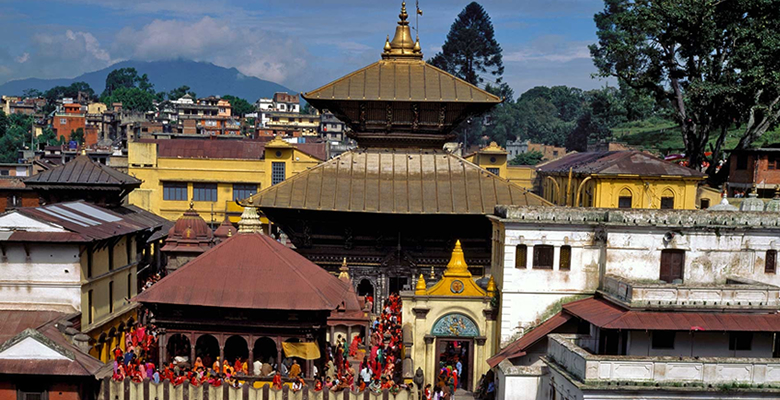
Shivaratri, the night of Lord Shiva attracts numerous Sadhus (Hindu holy men) from all around the world especially India. The best place to eyewitness the commemoration is at the Pashupatinath temple of Kathmandu.
Shiva’s sacred day commences at midnight but disciples don’t begin gushing in, past an incredible variety of sadhus, panhandlers of countless types and distortions, devotees performing roadside reparations.
To get the blessings of Lord Shiva, thousands of devotees wait hours and hours in a queue in front of Pashupatinath Temple. Some of the sages sit on the bank of the Bagmati River and smoke marijuana and hashish, to glorify Lord Shiva.
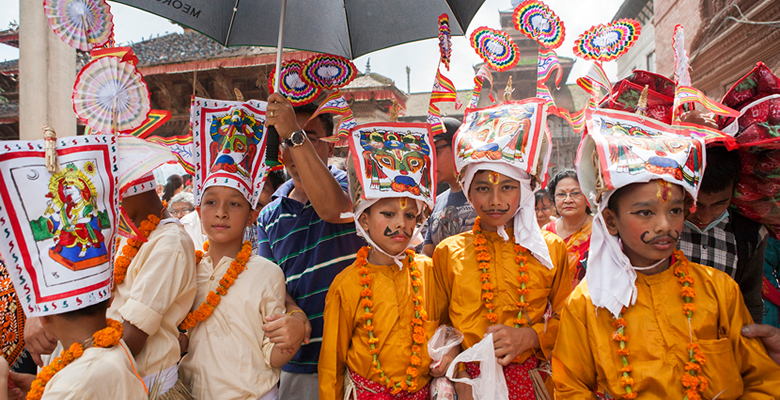
Like other festivals, Gai Jatra also carries its importance. Those families who lost their members the previous year pared a cow around the city. Being cow, a sacred animal believed to help the departed soul across the cosmic ocean in their journey to heaven.
Instead of moan, people perform full of humor, satire, comedy, mockery, and shades of grief too at the same time just because to help be received families get over their sorrow. These days artists satirize the system, government, via performances, speeches, and so forth.
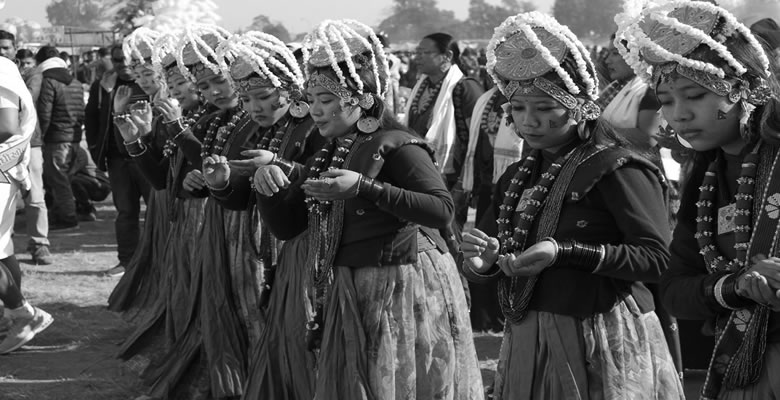 Lhosar, a social festival celebrated mostly by the Sherpas, Gurungs, and Tamangs. On different dates, 3 Lhosars are celebrated differently by different ethnic communities. Among them Gyalpo Losar by the Sherpas, Tamu Losar is celebrated by the Gurungs and Sonam Losar is celebrated by the Tamangs.
Lhosar, a social festival celebrated mostly by the Sherpas, Gurungs, and Tamangs. On different dates, 3 Lhosars are celebrated differently by different ethnic communities. Among them Gyalpo Losar by the Sherpas, Tamu Losar is celebrated by the Gurungs and Sonam Losar is celebrated by the Tamangs.
However, Lhosar refers to the new year and is celebrated in February. During this period, prime Buddhist monuments are decorated with colorful prayer flags. Swyambhunath, Bouddhanath, and other monuments are full of people with their cultural performances.
In such performances, people from Gurung, Tamang, Magar, Thakali, Sherpa Tibetan, Manage mostly take part. They welcome their new Year via such dances.
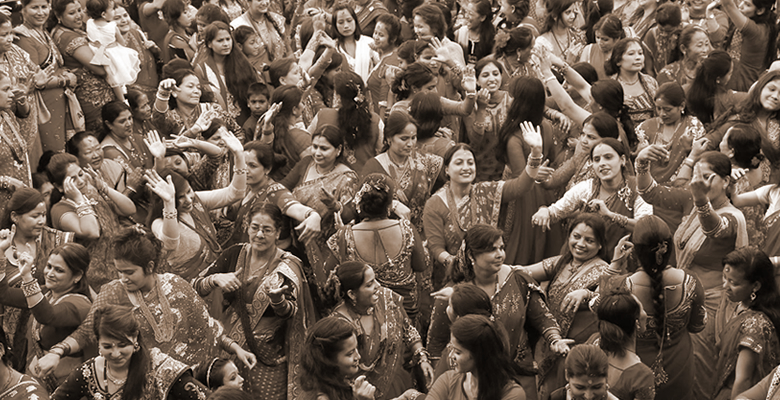 The festival of Hindu women-Teej falls in August/September. They celebrate it for their marital prosperity, the well-being of their children and spouse. They keep fasting for the long life and long-lasting relationship between them.
The festival of Hindu women-Teej falls in August/September. They celebrate it for their marital prosperity, the well-being of their children and spouse. They keep fasting for the long life and long-lasting relationship between them.
Celebrated for 3 days, women exchange good wishes, happiness with each other visiting their marital home. They sing dance wearing newly bought colorful dresses by gathering in a particular place.
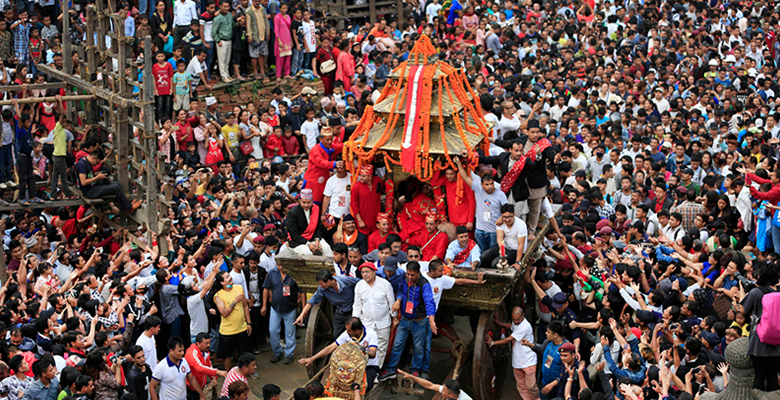 Lord Indra- the God of Rain is worshiped by the Hindus and Buddhists equally. Falling in August/September, it's renowned for eight days. With a great carnival goddess, Kumari is taken to the main streets of Kathmandu.
Lord Indra- the God of Rain is worshiped by the Hindus and Buddhists equally. Falling in August/September, it's renowned for eight days. With a great carnival goddess, Kumari is taken to the main streets of Kathmandu.
People keep singing, rejoicing and mask dancing. Everyone seems to enjoy several classic dances as Lakhe, Elephant dances in each street of Kathmandu, Lalitpur, and Bhaktapur cities.
Not only the aforementioned festivals, but people also celebrate other festivals like Christmas Day, New Year's Eve, Ghode Jatra, Id Chhath, and several others according to their culture, religious faith, and traditional values.
Leave Your Comment